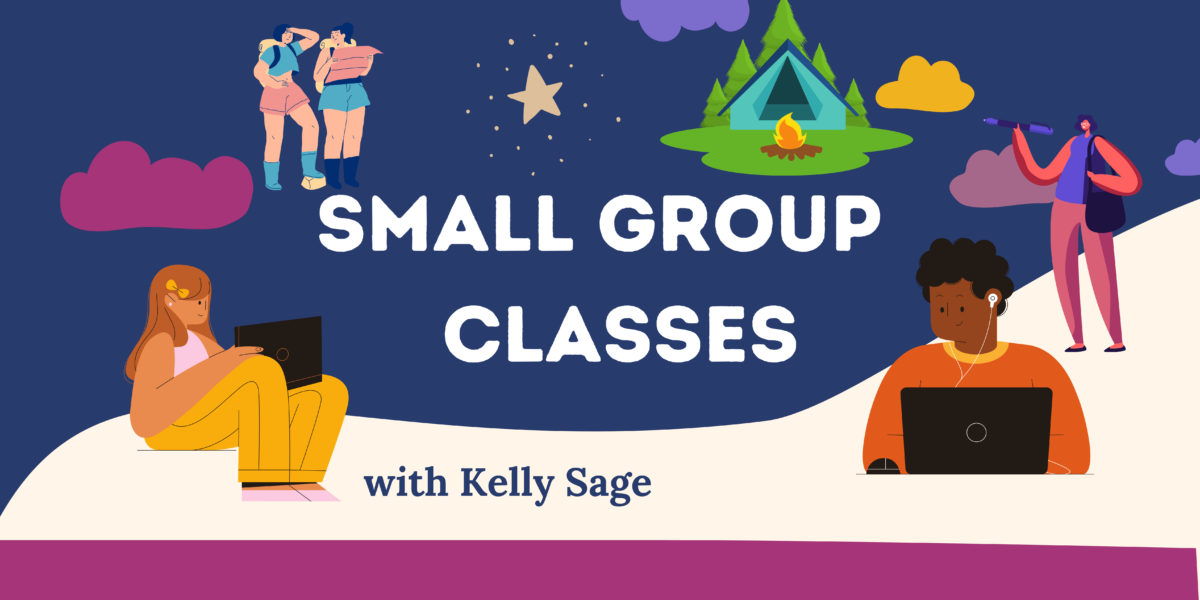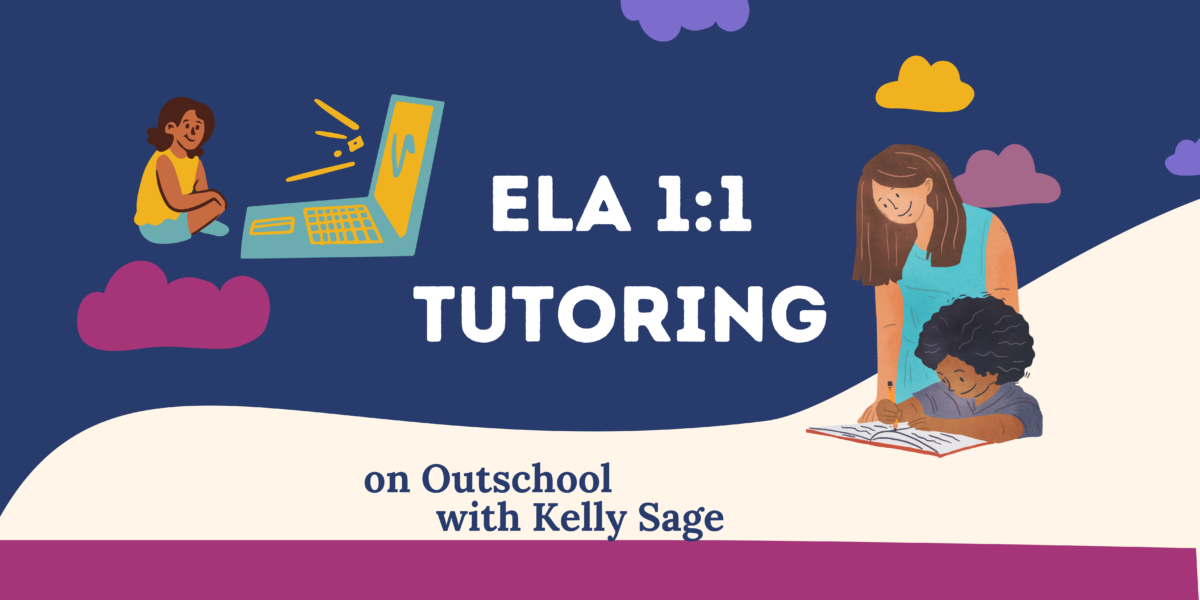Disclosure- Links in this post may be affiliate links. If you click through and make a purchase, I earn a commission at no additional cost to you. Unless noted, if I am reviewing a product, I have been compensated for my time. I write honest reviews. They are not required to be positive. I only recommend the resources we love and use.

Hello, summer or a break from school. Hello, unstructured free time. Are your kids a friend or a foe regarding less structure? For some of us, schedule-free days are the best. For others, a feeling of unease quickly sets in when we don’t know what to do with ourselves, and we feel the B-word: BORED!
When I was a kid, my parents often followed my statement of boredom with GO OUTSIDE. Other parents did the same, and soon, a whole group of us were heading toward the creek or starting a game of kickball. Going outside will always be the best advice if we live in safe areas with other kids who are also bored and willing to play outside. But not all of us have this option, and kids can still feel bored and uneasy outside.
Breaks and boredom can also make us adults uneasy.
Should we schedule and fill our breaks?
Should we play with our kids all day?
Put them on screens?
Is there something to fix?
According to Melbourne Child Psychology’s article, The Benefits of Boredom, the answer is no, “Boredom gives children an inner quiet that helps with imagination and self-awareness. Creative processes can stimulate interests that will stay with the child for life. Children develop creative skills when they have to come up with solutions to boredom.”
In a PBS article, Boredom Isn’t a Bad Thing for Kids, development psychologist Suzanne Bouffard agrees. “If we never let them get bored, they never discover how interesting the world really is.”
Great. So we know boredom isn’t going to ruin our kids, but now what?!
A bored kid is not an easy kid to be around.

Free time, breaks from school, or being new to homeschooling can be jarring for kids, especially if they are not used to having autonomy over how they spend their time. Knowing how to spend free time means going through a transition, and no matter how wonderful, change can feel hard.
Is I’m Bored Something to Fix
When we started homeschooling, my son told me he was bored a lot. Now that he goes to school, I hear it when he’s home on break.Kids can struggle to know what to do with the extra hours they suddenly have to spend their way.
The words “I’m bored” used to bring up all sorts of feelings for me. Annoyance- we have a house full of toys. Upset- in my mind, the word bored equaled not happy. Anxiety- should I be doing more?!
I’ve learned the first thing I must do when my children say they are bored is check in with myself and the structure of our day. Do my kids need a little more structure? Am I asking them to entertain themselves for too long? Do they need a little direction?
When my child says they’re bored, I’ve also found that what they are really saying is I don’t know how to spend my time, and it’s nothing that needs a quick fix.
I’ll repeat it for people like me who like to fix things. Boredom isn’t something we need to fix. Instead, we can offer space to help children settle into a new rhythm. Once they get used to it, they will be okay with (maybe even love) having time and space to play.
That being said, as children lean into what free time looks like, they might feel off. They may choose to lie on the couch and moan they’re bored or pick fights with their siblings. Kids may need time to muddle around a bit and figure out how they want to spend their days.
How to Create Space & Support for Unstructured Play
One of the best lessons I’ve learned as a parent, wife, friend, and human is I can only control myself. If my kids are having a hard time, I can’t make them feel a certain way. My response and support, however, matter greatly.

A few years ago, I found my daughter on an early morning hunt through the recycle bin. She told me she had the perfect idea for a fairy house and wondered if I had an extra garden pot she could use. She asked her father for a piece of scrap wood, and her brother gave her the rest of his nails (as long as she promised to have a Nerf battle that afternoon). Around 9 am, I was called out to the yard. She was so pleased with herself. I couldn’t help but wonder what would have happened had I tried to intervene or told her it was too early.
Actually, I know exactly what would have happened. She would have lost interest and wanted to watch TV.
My daughter’s imagination and free will led the way with this free play project, but she would have been stifled had we said no or didn’t have materials for her to use. The support and space we create matter.
Here are nine ways to create space and support for unstructured play. The aim is not to eliminate the words I’m Bored but to provide places to play and explore when the uneasy feeling of boredom sets in.

1. Don’t Fear Unstructured Time
Every family needs to find what works for them in terms of scheduling, but if you’re finding yourself burnt out from going all day long, broke from too many activities, or find you’re trying to fill your kid’s day, so they stay off screens, you might be overscheduled. We know it’s important that kids (of all ages) have unstructured time to be, so be sure your child actually has free time.
2. Free Time Doesn’t Have to Mean Screentime
As much as I hate to admit it, given the choice, the older my kids get, screens will almost always win out in our house. Setting screen time limits helps my kids find other ways to spend their time.
I’ve found setting limits via our internet service or on the kids’ devices works best. It’s hard to keep track of who has had what time and left to their own; they are humans who want to be on screens and will “forget” to keep track.
3. Be Okay When Kids Say They’re Bored
Anytime my children go from a lot of structure to free time, it’s hard for them to figure out how to spend their time. Once they get used to freedom, they enjoy it (a lot), and creativity and curiosity bloom.

4. Create a Could Do List
Brainstorm with your kids all the things they like to do and could do. These can be activities outside of your home but encourage a lot of free play ideas as well. Think about the toys and materials you already have on hand.
My family creates a list like this each season. It gets us thinking about how we want to spend our time and is a gentle reminder when we’re looking for something to do. I display it somewhere we can see it and use it.
Here’s the thing, and this is important– at the end of the season, we’ve rarely done everything on the list. That’s not our goal. But we’ve done many of the things we hoped we would, often multiple times, and most importantly, when my kids say they’re bored, I have a list of things they are interested in to point to.

5. Create Space to Play
Organized spaces, inside and out, invite imaginations into free play. It’s hard to paint if the brushes are missing, build if tools are only for adults, and play games if the pieces aren’t in the same box. If your space needs some tending, work with your kids to get tables cleared and games sorted, and find craft materials a home. It will remind everyone of all the cool things you already have on hand and maybe spark some inspiration.
Tip- Start small; don’t worry about having the perfect containers or shelving. Put like things together. Ziplock bags and boxes work fine. This is not the time to reorganize an entire house. Unless it is; if that’s the case, do start in the kids’ area first, so they have things to do and play with while kitchen cabinets and closets get reorganized.

6. Strew
A popular term in unschooling communities, strewing means to leave toys, materials, books- items your children might find interesting or enjoy- where they can find them. There is no assignment or project attached. No pressure to do anything with them.
By pulling things out and putting them within eyesight, a child might get curious about something and begin to explore or play.
Things to Strew-
- Microscope and slides, magnifying glass, and things from outdoors left out on a nature table.
- Blocks, K-nex, Legos, bins of toys your child once loved but forget to pull out moved to where they can see it, or left on a table.
- Craft supplies- watercolors, paper and brushes, clay and cookie cutters, magazines, scissors, and glue. I often put art supplies on the kitchen table for my kids to find when they get up.
- Books they might like left on their night table or the coffee table.

7. Tend to Spaces Regularly and Make Clean-Up a Family Effort
Free play and creativity can be messy, which is great as long as it’s tended to afterward. Inspiration heads the other way when a space is too messy, or materials are lost or broken. Everyone in our family helps keep our home clean and safe and ensures our tools are put where they belong (most days- it’s a practice).
- Have a designated clean-up time.
- Remind kids dried-up paintbrushes mean you can’t paint later, and nails left in the garage equal a flat tire. Be concrete. If we leave this out, this can happen.
- Encourage one project at a time.
- Have a project box or area for kids who must have multiple projects happening at the same time.
- Set aside hammers, wood, nails, cooking utensils, art supplies, etc., that are for anyone to use. Let kids know if there is something that is off-limits or needs adult supervision.

Our current box of “We could make something out of this.”
8. Collect Trash and Recycling
A large box holds recycled materials my kids might one day use. Inside the box- toilet paper rolls, bits of string leftover from packages, corks, and wire are jumbled among little containers, bits of fabric, and other odds and ends. The box is my attempt to organize all the things they pull out of the recycle bin or find wherever they go and are sure they might one day use. It’s a mess, really, but only to me. To my builders, it’s a box of treasure.
So many wonderful projects have come out of their box. Trash to treasure, for sure. This type of play does not require kits or instructions, only an imagination, some good glue, and maybe some tools from the garage.

9. Encourage Curiosity and Creativity
I’ve found the more time my children have to play, the more plays I’m invited to watch, questions I’m asked, creations I’m shown, and homemade gifts I’m given.
One of the best ways I create space for play is when my kids build, make, or discover something, and I pause what I’m doing and get excited with them. These brief moments of attention encourage their play. Best of all, we build connections, even if we are not playing together.
Organized activities and planned projects are wonderful, but unstructured free time is too. Relax when a child says they are bored. Create space and time for free play. When children have “nothing” to do or say they are bored, REJOICE. It means they have time to play, explore, and imagine- all things that make free time wonderful!

























That is the coolest fairy house I’ve ever seen! 🙂
Thanks! I’ll pass along to my daughter. She really had the fairies needs in mind 🙂
I love that fairy house! My middle son and I have this craft project on our “to do” list. Thanks for sharing with us at Love to learn. Pinned.
Yay! Thank you. It’s so fun to see what they create. Have fun!
Love this list! Boredom is a great gift for kids. I try to give it to them often. : )
Thanks! It really is okay to be bored 🙂 My kids “love” it when I tell them this, but it’s true.
Pingback: Simple & Fun | Things to Do With Kids When You're Home All Day -